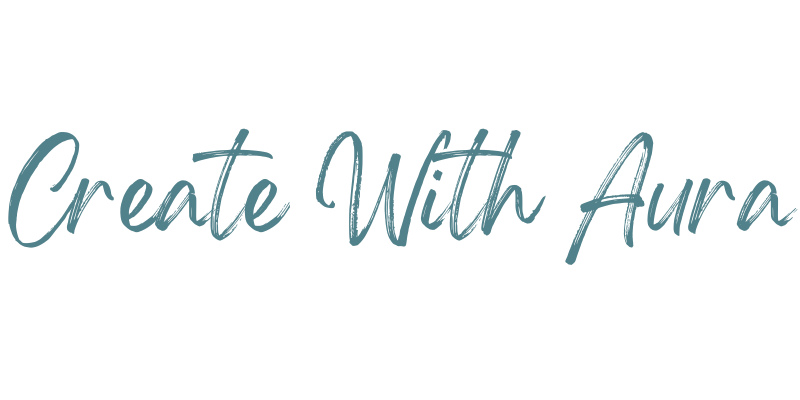One of my favorite things about Autumn is seeing the orange-yellow-red leaves with a cool gray overcast sky in the background.
It’s just a stunning combination, and has been my inspiration for this week’s tutorial.
When I was little, I was taught that gray was a mixture of black and white. Technically this is true, but as it applies to art? Snooze-fest. Seriously. Boring.
A wonderful and magical property of watercolor paints is all the shades of gray you can create from just a tube of a red, a yellow, and a blue.
I think that you will get the idea with me showing you just a few hues of gray. If you apply this process, you can create all the lovely grays your heart desires!
Set up your palette
For this painting demonstration, I used just 3 colors of Winsor Newton tube watercolors:
- Winsor Yellow Deep
- Alizarin Crimson
- French Ultramarine
As you can see, from these I mixed several shades of orange, purple, and green.
Once these secondary colors are mixed, I used a separate palette to mix various shades of grays and browns.
Think of the color wheel or refer to my round palette above. The key to mixing gray is to mix opposite colors.
In these wells, I did several mixtures of:
After mixing with water and testing on paper, they look like this:
Notice that even between the wells, I mixed each of two adjacent colors for even more shades and hues.
I’m happy with the assortment. As you will see later, I mix these rather imprecisely on my painting.
I basically just want to keep certain sections on either the cool side (purple-gray) or the warm side (orange-gray.)
Beginning the Painting
After transferring my drawing and prepping my watercolor paper, I decided to add a cool gray to the top section of my painting.
I pre-wetted the section of the paper and applied my paint-loaded brush onto it.
Once the top section was dry, I repeated the process with the next section, this time making it more purpley-gray.
I used a hair dryer to set the colors in place, but this is optional.
Just make sure you keep the wetness uniform throughout the section, otherwise you may get blooms and other unwanted effects.
As you can tell, I am using a different shade of gray for each section.
Some of this is from the pre-mixed well of grays, but I will sometimes add in a primary or secondary color to the wash as I go if I need to change the hue.
For this section of gray sky, I am using similar colors in the negative spaces between what will be the leaves of the tree.
Here, the first three sections of gray sky have been completed…
…and the remaining sections of sky have been completed.
Now that all the grays are laid in, you can really see how versatile you can be with just three tubes of paint colors!
Next, I painted the green hills using various mixes of Winsor Yellow Deep with Ultramarine.
I’m using my mat to check my values, etc. as I go.
Finally getting to the fall leaves.
I pre-wetted the entire section and moved as quickly as I could to lay in the reds, oranges and yellow.
Because I went so quickly, I sacrificed accuracy.
Luckily, I was able to go back and “clean up” these edges using plain water and a paper towel.
If I were to paint this again, I would make the leaves of this tree in multiple sections rather than just one big “blobby.”
Next, I used a dark blue and a purple watercolor pencil to outline the outside of the leaves to help them stand out a little more.
Doing another glaze of yellow-green over the hills.
I added some final details to the painting:
- The trunk was painted in a mixture of browns (red + green) with blue for the shadows
- I used watercolor pencil lightly between the sky sections to make them bolder.

I thought I was finished at that point, but finally decided that I didn’t like the orange as much as I thought I would.
I took a chance, and covered this section in gold acrylic ink, and added golden leaves to the hillside beneath the tree, as if a storm had recently occurred.
The photo shows a little bit of the shine.
And below is the finished painting:
Conclusion
As you can tell, when you mix your own grays you will get a lot of texture variegation in your washes. I could have made each section more uniform, but that was not the effect I was going for.
I hope you enjoyed this tutorial! Please feel free to post questions and comments below, and I will respond as soon as I am able.
You can also let me know here what other art tutorials you would like to see on this site. Thanks for stopping by!





